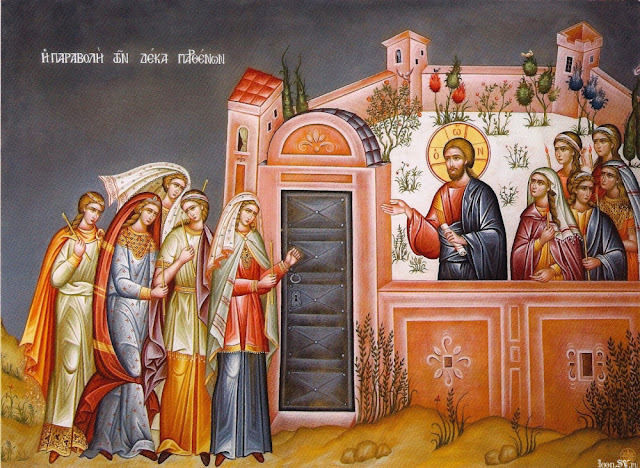It Is the Day of Resurrection!: Holy Pascha and the empty tomb

Christ went down alone to battle Hades, He came up taking with Him many spoils of victory. -Synaxarion of Holy Pascha Anastasis Icon, Chora Church, Constantinople Sometimes it is when life seems at its lowest, when the pain of the present circumstances seems most unbearable, when hope seems most fully to have died out, that life springs unexpectedly from the grave. Sometimes we find that it is only by staying present within life's uncertainties that we are able to push through to the joy that waits on the other side of suffering. That was surely the experience that the Apostles had while Jesus lay in the grave. Even more than that, imagine the suffering that Mary endured watching Jesus being taken down from the Cross and laid in a tomb. Mary's suffering was perhaps twice what the Apostles experienced; her son and her God died on the Cross on Holy Friday. Icons of the lamentation over Christ's body show his mother as a woman completely undone by her sorrow. ...



